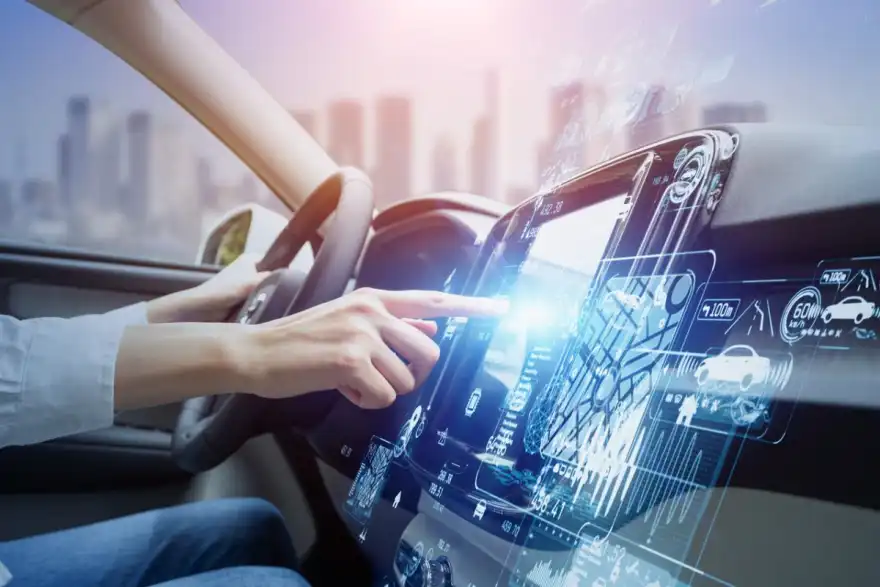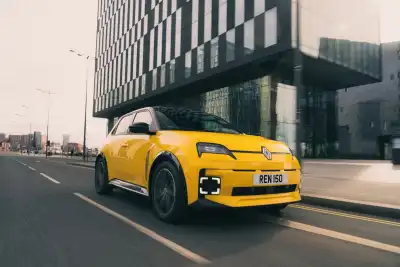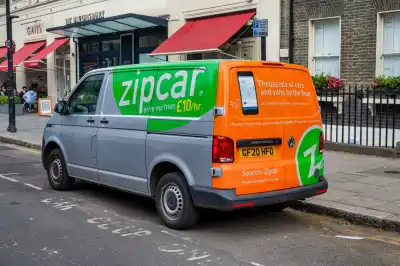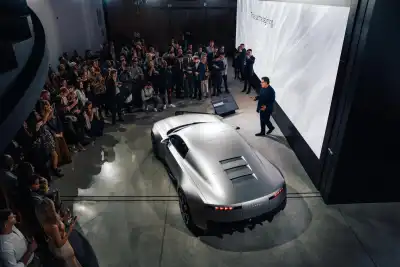
Vehicle innovation is non-stop. Over the past decades, we’ve seen a more widespread use of cutting-edge technology in new vehicles, ensuring that the cars we drive around a more feature-packed than ever. It’s not a process which is showing any signs of slowing down, either, with new creations coming through thick and fast.
But what could we expect to see in our cars over the coming years and are there any features which will completely change the way we drive? Let’s take a look at what could be on the horizon.
More use of assistance systems
Assistance systems have become a core part of new vehicle technology, with these often regulation-mandated features introduced to help make our cars safer. Technologies such as lane keep assist, autonomous emergency braking and pedestrian detection are all features which are a common sight on new vehicles.
This only looks set to become more complex over the next few years, with the likelihood being that more cars get extra systems to help them avoid crashes, pedestrians in the road or even animals.
Autonomous technology
Autonomous technology has always been a big talking point for new cars and it’s expected that these systems will only grow in their complexity over the next few years. At present, we’ve seen some examples of cars with Level 4 autonomous technology - this level means that cars can largely drive themselves, though the person behind the wheel can still take control if they want to.
However, the few examples of this have only been at slow speeds and in designated areas. It’s expected that we’ll see Level 4 cars become more commonplace over the next few years, though it’ll take changes in legislation to allow these cars to be used by the public.
Greater electric range
Electric vehicles have become far more commonplace on our roads in the last few years, with buyers seeing them as a more viable alternative to ‘normal’ petrol and diesel models. However, EVs still occupy quite a small part of the market but as costs come down and range increases, it’s expected that electric vehicle take-up will increase.
It could be vehicles like the lightweight Dacia Spring which change the game, as it brings more of a focus on cost and charging speed than outright range. However, with most manufacturers committed to an electric future, it won’t be just Dacia making an impact on the EV world.
Exploration of alternative fuels
While it’s clear that electrification will play a key part in the future of driving, it’s more than likely that other fuels will be explored as alternatives to petrol and diesel. Hydrogen, naturally, arrives as one of the headline choices, though big expansions in both the technology itself and the infrastructure will be required to get hydrogen onto our roads properly.
There’s been a lot of buzz about alternative fuels, too, with companies like Porsche putting a lot of weight and funds behind them. Again, this area will require large investments to bring costs down, but it definitely has applications for both motorsport and classic cars.
Return of buttons
Some of the latest cars on sale today have adopted a very screen-heavy approach inside. As the cost of these technologies has fallen, it has become more cost-effective to use screens and displays instead of standard buttons. However, a lot of drivers have criticised this setup as it can lead to a less intuitive cabin.
It’s why we might see the return to more conventional buttons and dials. We’ve already seen Skoda introduce its clever ‘Smart Dials’ in the latest Kodiaq and Superb, so it might be that manufacturers take a more traditional approach with cabin designs.
Artificial Intelligence
Artificial Intelligence - or AI - is another key talking point at present. We’ve seen AI integrate into all sorts of areas, from media and television to social sites and video. It has also started trickling into cars, with some companies using AI software ChatGPT to work alongside their own in-house infotainment systems.
While some use of AI has been questionable at times, it’s only likely that it’ll be used by a greater number of manufacturers in their cars.




